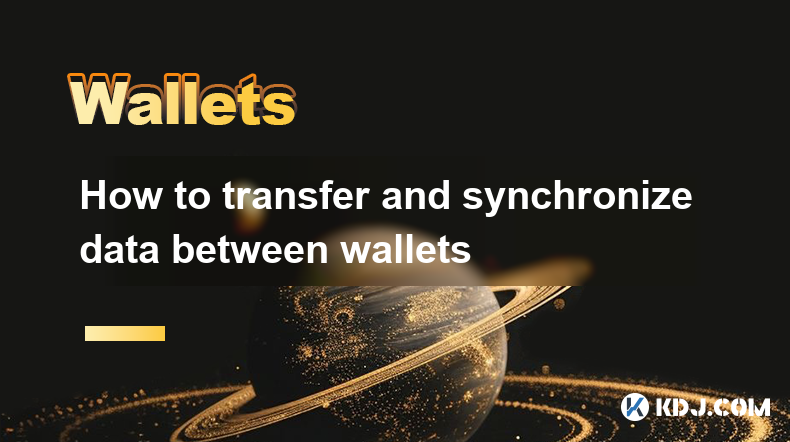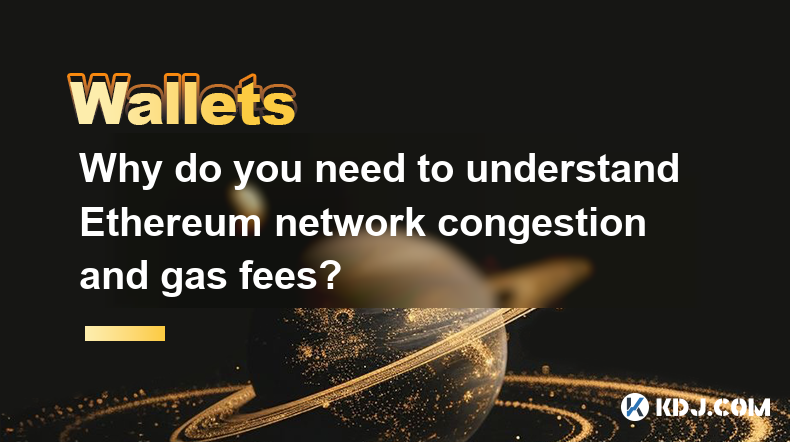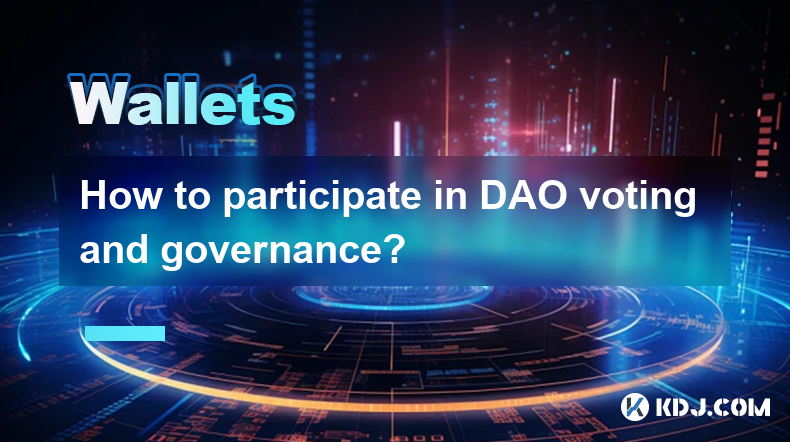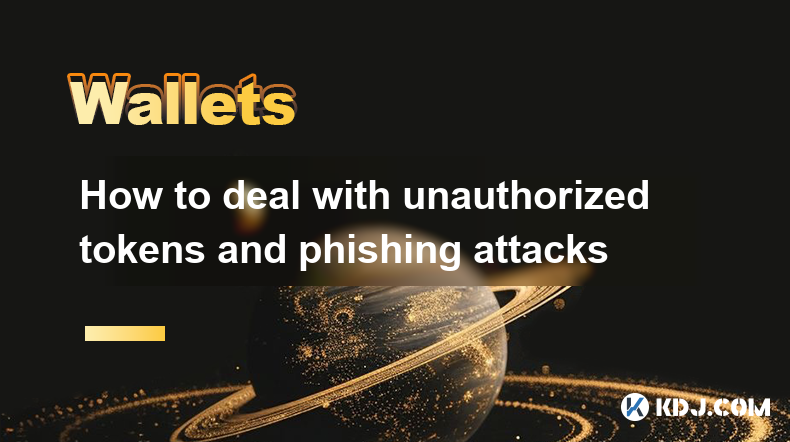-
 Bitcoin
Bitcoin $96,604.0476
-1.45% -
 Ethereum
Ethereum $2,752.0205
0.52% -
 XRP
XRP $2.5833
-0.87% -
 Tether USDt
Tether USDt $1.0000
-0.06% -
 BNB
BNB $657.7850
0.32% -
 Solana
Solana $173.4050
0.38% -
 USDC
USDC $1.0000
0.02% -
 Dogecoin
Dogecoin $0.2449
-3.00% -
 Cardano
Cardano $0.7719
-2.90% -
 TRON
TRON $0.2357
-3.45% -
 Chainlink
Chainlink $17.6899
-3.88% -
 Avalanche
Avalanche $25.5840
0.64% -
 Sui
Sui $3.4127
0.21% -
 Stellar
Stellar $0.3324
-0.86% -
 Litecoin
Litecoin $128.0813
-3.56% -
 Toncoin
Toncoin $3.6632
1.63% -
 Shiba Inu
Shiba Inu $0.0...01546
-0.49% -
 Hedera
Hedera $0.2148
-1.82% -
 UNUS SED LEO
UNUS SED LEO $9.7239
0.27% -
 Hyperliquid
Hyperliquid $24.7014
0.92% -
 Polkadot
Polkadot $5.0399
-2.52% -
 MANTRA
MANTRA $7.5462
0.22% -
 Bitcoin Cash
Bitcoin Cash $320.3260
-1.23% -
 Bitget Token
Bitget Token $4.9112
2.81% -
 Ethena USDe
Ethena USDe $0.9995
0.07% -
 Dai
Dai $1.0002
0.01% -
 Uniswap
Uniswap $8.9178
-2.78% -
 Monero
Monero $235.3515
0.22% -
 NEAR Protocol
NEAR Protocol $3.4964
-0.41% -
 Pepe
Pepe $0.0...09610
-0.19%
How to conduct transaction isolation?
Transaction isolation ensures concurrent database operations proceed independently, preventing data inconsistencies through mechanisms like locking and timestamping, with varying effects on consistency and performance depending on the isolation level selected.
Feb 21, 2025 at 01:19 pm

Key Points:
- Understand the concept of transaction isolation and its importance in database systems.
- Explore different transaction isolation levels and their impact on database consistency and performance.
- Examine various techniques used to implement transaction isolation, such as locking and timestamping.
- Discuss the advantages and disadvantages of different isolation levels and techniques.
- Analyze the trade-offs involved in selecting an appropriate isolation level for specific database applications.
How to Conduct Transaction Isolation
1. Understand the Concept of Transaction Isolation
Transaction isolation ensures that concurrent transactions within a database system operate independently and do not interfere with each other's data. It prevents data inconsistencies and ensures the reliability of the database. Isolation levels define the extent to which transactions are isolated from one another.
2. Explore Different Transaction Isolation Levels
- Serializability: The strictest level, where transactions execute serially, one at a time, guaranteeing complete database consistency.
- Repeatable Read: Allows transactions to read data that has been committed by other transactions, but prevents them from seeing uncommitted changes.
- Read Committed: Transactions can only read data that has been committed before the start of their own transaction, preventing read-skew anomalies.
- Read Uncommitted: Transactions can read uncommitted data from other transactions, allowing for the earliest possible access to data but introduces the risk of reading inconsistent data.
3. Examine Techniques for Implementing Transaction Isolation
- Locking: Acquires exclusive locks on data objects accessed by transactions, preventing other transactions from modifying that data.
- Timestamping: Assigns timestamps to transactions and ensures that transactions commit in timestamp order, resolving conflicts based on timestamps.
- Multi-Version Concurrency Control (MVCC): Maintains multiple versions of data, allowing concurrent transactions to access different versions without interfering with each other.
4. Advantages and Disadvantages of Isolation Levels and Techniques
- Serializability ensures consistency but sacrifices performance.
- Repeatable Read guarantees consistent reads but allows write skews.
- Read Committed improves performance but introduces read-skew anomalies.
- Read Uncommitted provides fast reads but risks data inconsistency.
- Locking is simple to implement but can lead to deadlocks.
- Timestamping prevents deadlocks but requires strict timestamp ordering.
- MVCC allows for high concurrency but can introduce storage overhead.
5. Selecting an Appropriate Isolation Level
Choosing the right isolation level depends on the database application's requirements:
- High Consistency: Serializability or Repeatable Read
- Good Performance: Read Committed or Read Uncommitted
- High Concurrency: Read Uncommitted with appropriate error handling
- Low Risk of Deadlocks: Timestamping or MVCC
FAQs:
Q: Why is transaction isolation important?
A: It prevents data inconsistencies and ensures the reliability of database systems, especially in concurrent environments.
Q: What are the different types of transaction isolation levels?
A: Serializability, Repeatable Read, Read Committed, and Read Uncommitted.
Q: How are transaction isolation levels implemented?
A: Through techniques such as locking, timestamping, and MVCC.
Q: What factors should be considered when selecting an isolation level?
A: Database consistency, performance, concurrency, and the potential for deadlocks.
Q: What are the advantages and disadvantages of different isolation techniques?
A: Locking is simple but can deadlock, timestamping prevents deadlocks but requires strict timestamp ordering, and MVCC allows high concurrency but can introduce storage overhead.
Disclaimer:info@kdj.com
The information provided is not trading advice. kdj.com does not assume any responsibility for any investments made based on the information provided in this article. Cryptocurrencies are highly volatile and it is highly recommended that you invest with caution after thorough research!
If you believe that the content used on this website infringes your copyright, please contact us immediately (info@kdj.com) and we will delete it promptly.
- Dogecoin Price Stagnation And Emerging Alternatives
- 2025-02-22 23:05:25
- Litecoin’s ETF hype faces bearish signals, while Lunex Network’s DeFi protocol surges 425%, drawing investor interest
- 2025-02-22 23:05:25
- Will Dogecoin’s Quiet Phase Lead to Another Explosive Rally?
- 2025-02-22 23:05:25
- DTX Exchange Cools Off as Meme Mania and ETF Filings Buzz Fizzles
- 2025-02-22 23:05:25
- Discover the Best Cryptos to Invest in Today as Qubetics, Bitcoin, and Chainlink Show Strong Breakout Potential
- 2025-02-22 22:55:25
- Dogwifhat (WIF) and Bonk (BONK) Price Correction Nearing End After 87% Price Dip
- 2025-02-22 22:45:25
Related knowledge

What are cold storage and hot storage? Which one is safer?
Feb 22,2025 at 03:18pm
Key Points:Cold storage and hot storage are two methods of storing cryptocurrencies.Cold storage involves storing cryptocurrencies offline, while hot storage involves storing them online.Cold storage is generally considered safer than hot storage, as it is not connected to the internet and is therefore less susceptible to hacking.Cold StorageCold storag...

How to synchronize wallets in multiple devices and browsers
Feb 22,2025 at 09:18am
Key Points:Understand the different types of cryptocurrency wallets and their synchronization capabilities.Learn how to synchronize hardware wallets with multiple devices.Discover the steps involved in synchronizing software wallets across platforms.Explore the options for synchronizing mobile wallets on different devices.Gain insight into browser exten...

How to transfer and synchronize data between wallets
Feb 21,2025 at 12:25pm
Key Points:Understanding different wallet types and their capabilitiesIdentifying similarities and differences between walletsExploring options for transferring and synchronizing dataEnsuring data security and integrity during transferAddressing common challenges and troubleshooting tipsHow to Transfer and Synchronize Data Between Cryptocurrency Wallets...

Why do you need to understand Ethereum network congestion and gas fees?
Feb 21,2025 at 04:48am
Key PointsUnderstanding Ethereum Network Congestion and Gas FeesGas Fees ExplainedFactors Affecting Network CongestionStrategies for Minimizing Gas FeesImpact of Ethereum UpgradesUnderstanding Ethereum Network Congestion and Gas FeesThe Ethereum network is a decentralized platform that hosts a vast ecosystem of decentralized applications (dApps), non-fu...

How to participate in DAO voting and governance?
Feb 21,2025 at 03:42pm
Key Points:Overview of DAO Voting and GovernanceUnderstanding DAO Structures and MembershipRole of DAO Tokens and Voting RightsParticipating in Voting and Proposal SubmissionLeveraging Governance Tools and PlatformsImpact of Voting Participation on DAO OutcomesBest Practices for Effective DAO GovernanceHow to Participate in DAO Voting and Governance1. U...

How to deal with unauthorized tokens and phishing attacks
Feb 21,2025 at 05:25am
Dealing with Unauthorized Tokens and Phishing Attacks in the Cryptocurrency CircleThe cryptocurrency market is rife with potential dangers, including unauthorized tokens and phishing attacks. To protect yourself from these threats, it's crucial to take proactive measures and be vigilant in your online activities.Key Points:Unauthorized Tokens: Tokens cr...

What are cold storage and hot storage? Which one is safer?
Feb 22,2025 at 03:18pm
Key Points:Cold storage and hot storage are two methods of storing cryptocurrencies.Cold storage involves storing cryptocurrencies offline, while hot storage involves storing them online.Cold storage is generally considered safer than hot storage, as it is not connected to the internet and is therefore less susceptible to hacking.Cold StorageCold storag...

How to synchronize wallets in multiple devices and browsers
Feb 22,2025 at 09:18am
Key Points:Understand the different types of cryptocurrency wallets and their synchronization capabilities.Learn how to synchronize hardware wallets with multiple devices.Discover the steps involved in synchronizing software wallets across platforms.Explore the options for synchronizing mobile wallets on different devices.Gain insight into browser exten...

How to transfer and synchronize data between wallets
Feb 21,2025 at 12:25pm
Key Points:Understanding different wallet types and their capabilitiesIdentifying similarities and differences between walletsExploring options for transferring and synchronizing dataEnsuring data security and integrity during transferAddressing common challenges and troubleshooting tipsHow to Transfer and Synchronize Data Between Cryptocurrency Wallets...

Why do you need to understand Ethereum network congestion and gas fees?
Feb 21,2025 at 04:48am
Key PointsUnderstanding Ethereum Network Congestion and Gas FeesGas Fees ExplainedFactors Affecting Network CongestionStrategies for Minimizing Gas FeesImpact of Ethereum UpgradesUnderstanding Ethereum Network Congestion and Gas FeesThe Ethereum network is a decentralized platform that hosts a vast ecosystem of decentralized applications (dApps), non-fu...

How to participate in DAO voting and governance?
Feb 21,2025 at 03:42pm
Key Points:Overview of DAO Voting and GovernanceUnderstanding DAO Structures and MembershipRole of DAO Tokens and Voting RightsParticipating in Voting and Proposal SubmissionLeveraging Governance Tools and PlatformsImpact of Voting Participation on DAO OutcomesBest Practices for Effective DAO GovernanceHow to Participate in DAO Voting and Governance1. U...

How to deal with unauthorized tokens and phishing attacks
Feb 21,2025 at 05:25am
Dealing with Unauthorized Tokens and Phishing Attacks in the Cryptocurrency CircleThe cryptocurrency market is rife with potential dangers, including unauthorized tokens and phishing attacks. To protect yourself from these threats, it's crucial to take proactive measures and be vigilant in your online activities.Key Points:Unauthorized Tokens: Tokens cr...
See all articles

















![BONK The Meme Coin MORE THAN ORDINARY [DOG] on Solana BONK The Meme Coin MORE THAN ORDINARY [DOG] on Solana](/uploads/2025/02/22/cryptocurrencies-news/videos/bonk-meme-coin-ordinary-dog-solana/image-1.jpg)


































































